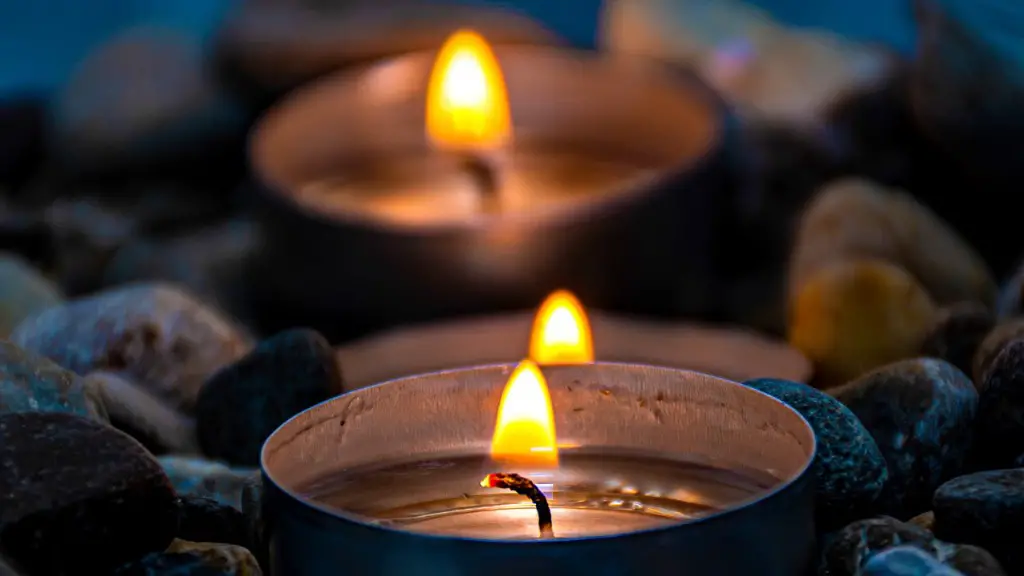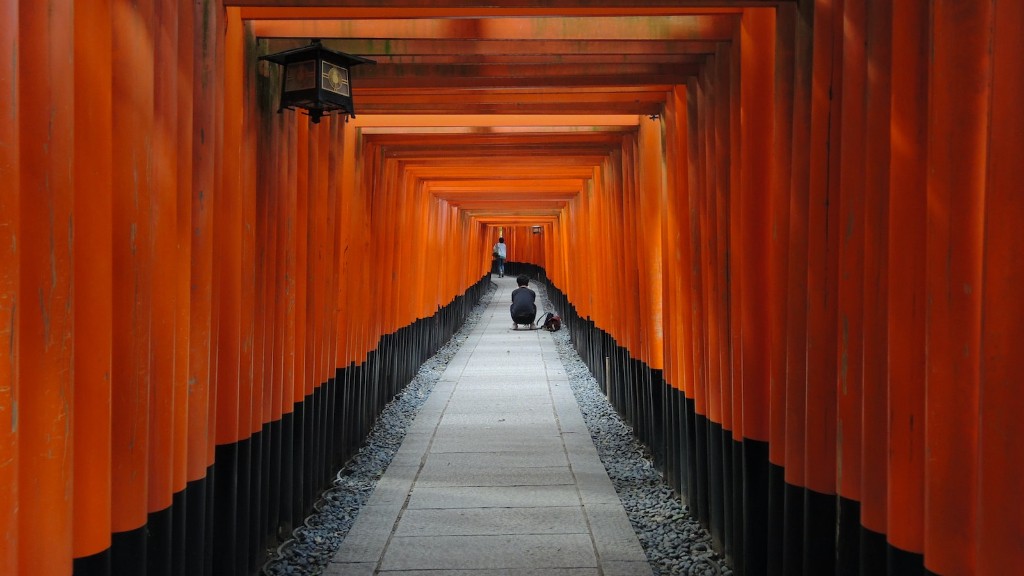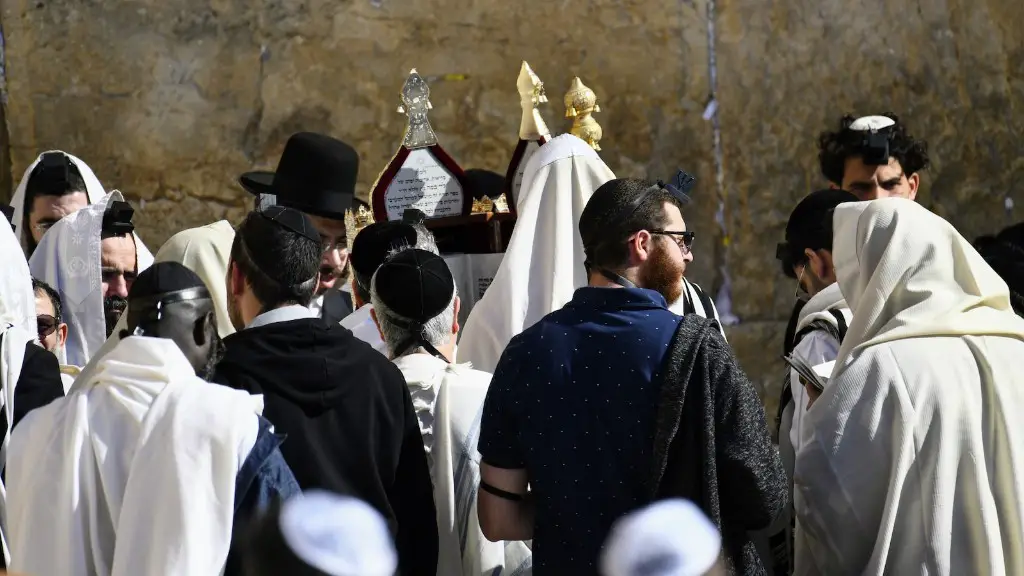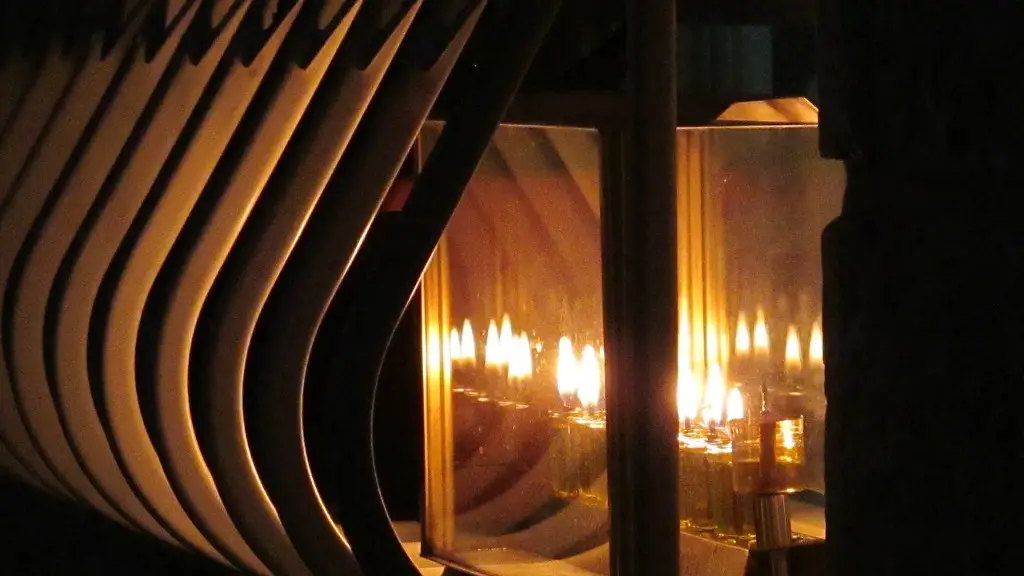The Meaning of the High Holy Days in Judaism
The High Holy Days are several days of reflection, prayer and repentance that are important in the Jewish calendar. Two of the most important of these days are Rosh Hashanah, the Jewish New Year, and Yom Kippur, the Day of Atonement. These two holidays are grouped together, and are known as Yamim Noraim, or the Days of Awe. The period of time is usually around the beginning of September until the beginning of October.
Rosh Hashanah marks the beginning of a month-long period of teshuvah, or return to God or to life in harmony with divine will. This is considered a period of repentance and mending one’s ways. During this time Jews will look back at their misdeeds and wrongs over the last year and repent for them. They also strive to become closer to God, participate in prayer and charity, and develop a new sense of self.
Yom Kippur, the Day of Atonement, is the culminating day of this period. It is considered to be the most solemn and important day in the Jewish calendar as it is a day devoted to intense spiritual, emotional, and ethical renewal. During this day Jews fast, pray, ask for forgiveness from God, and seek atonement for the wrongs they have committed. Through this process of soul searching and self-examination, Jews aim to come closer to God and cleanse themselves of their past wrongs.
These two High Holy Days are important because they are a reminder to Jews of the importance of reflection, repentance, and becoming closer to God as part of their life. By taking part in these practices, Jews can spiritually vivify and inspire themselves for the year ahead.
The History of the High Holy Days
The High Holy Days are rooted in ancient Jewish tradition. Rosh Hashanah was first mentioned in the Bible in the book of Leviticus, where it is listed among a handful of important Jewish festivals. It is also referred to by name in the Talmud as the first day of the New Year. Yom Kippur is mentioned several times in the Bible and was first established as a day of national atonement in the 7th century BCE.
These holidays have since developed an important place in Jewish tradition and cultural practice. They are celebrated in Jewish homes, synagogues, and even shopping malls where Jews will gather for the traditional blowing of the shofar, a ram’s horn that is sounded throughout the High Holy Day period.
Today the High Holy Days are an important part of modern Jewish life. Jews from all walks of life come together to observe and celebrate these days, despite their geographical or cultural differences. This is a testament to the deep meaning and historical legacy of these two important holidays.
The Practices of the High Holy Days
There are several important rituals associated with the High Holy Days. It is customary for Jews to have a festive meal before the beginning of the period of mourning on Rosh Hashanah, during which challah, a special bread, is served with a honey-based dip. This is a reminder of the sweetness of a new beginning and the importance of prayer.
Yom Kippur is a day of fasting and intense prayer. This is a way for Jews to reconnect with God and seek atonement for their past wrongs. In synagogues across the world, the shofar is blown as a reminder of this solemn day. It is said that the shofar is a way for Jews to “wake up” from the lethargy of their sins and begin a process of true repentance. In many communities, there is also a period of communal prayer where musicians from different denominations come together to create beautiful music.
In some communities, Jews spend the entire day of Yom Kippur in the synagogue and only break for evening prayers. Others will gather for communal dinner and recite the evening prayers together. This is a way for Jews to reflect on their mistakes, apologize to each other, and start fresh.
The Significance of the High Holy Days
The High Holy Days are important to Jews because they are a reminder of their commitment to their faith and of their relationship with God. These days are a time for self-reflection, atonement and renewal of the soul, and a time to commit to a life of spiritual growth.
In addition to being a time of deep spiritual contemplation, the High Holy Days also serve as an important reminder of the history and shared identity of the Jewish people. It is a time for coming together, celebrating tradition, and forging connections between different communities.
These two days serve as a call to the Jewish people to focus on what is truly important and to strive to become better people. They remind us of our need to take responsibility for our own actions, to forgive and be forgiven, and to strive for spiritual growth.
The Role of Technology During the High Holy Days
In recent years, there has been an upsurge in the use of technology during the High Holy Days. From online streaming of prayers and religious services to virtual communal dinners, technology has enabled Jews to come together and celebrate their faith even in the midst of a pandemic.
The increased use of technology has also made it easier for Jews who may not live in close proximity of a synagogue or a Jewish community to take part in High Holy Days celebrations. Online services offer an opportunity for Jews to connect with each other, even from afar.
This rise in the use of technology during the High Holy Days shows another way in which the faith is evolving and adapting to the changing times. While the traditional rituals remain the same, technology has enabled Jews to continue to celebrate the High Holy Days even when physical gatherings and communal ceremonies are not possible.
The Impact on Jewish Communities
The High Holy Days play an important role in many Jewish communities. They are a time of joy, reflection, and connection. Through their observance, Jews take the opportunity to remember their past, celebrate their present, and look forward to the future.
The holidays serve as an opportunity to bring together diverse groups of people from different corners of the world, united in their faith. Different denominations come together in celebration, reminding themselves and each other of the common purpose that binds them together as one people.
By observing the High Holy Days, Jews are reminded of the timelessness of the faith and of its importance in the modern world. It provides an opportunity to reflect on the past, to seek forgiveness and understanding, and to connect with their faith and its broader spiritual significance.
Sociopolitical Implications of the High Holy Days
The High Holy Days have a deep and meaningful sociopolitical impact on Jewish communities. On a personal level, these holidays provide an opportunity for individual reflection and spiritual growth.
On a broader national scale, they are a time to come together and celebrate the common culture and shared heritage of the Jewish people. These days offer an opportunity to reflect on national and international issues and explore ways in which the values of the High Holy Days can be translated into action.
In addition, the High Holy Days are an opportunity to explore ways in which Jews can engage with others in their societies. These days can be a time for mutual understanding and for Jews to recognize the importance of practicing tolerance and respect for all.
Overall, the High Holy Days are an important part of the annual cycle of Jewish life. They provide an opportunity for deep reflection, communal celebration, and spiritual renewal. Through their observance and practice, Jews are reminded of their unique history, their cultural and religious heritage, and the broader implications of their faith.



